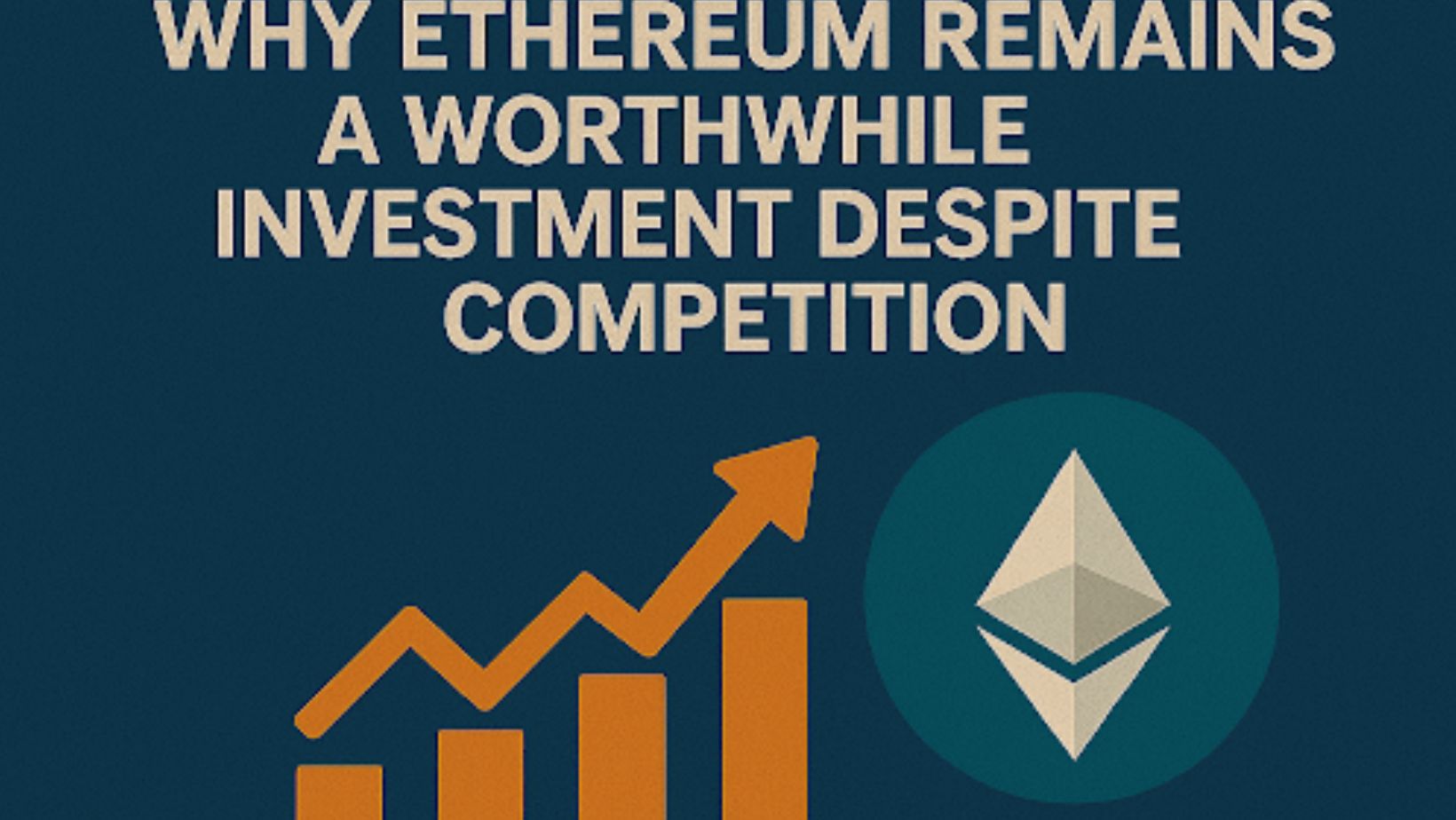
Ethereum faces fierce rivals like Solana and Cardano in 2025, yet it holds firm as the backbone of Web3. Priced at $4,005 on October 14, 2025, down from its $4,951 August peak, ETH has weathered a volatile year. Its market cap of $481 billion dwarfs competitors, driven by over 3,000 dApps and $51.9 billion in DeFi TVL.
Unlike Bitcoin, now at $110,591 (down 3.8% daily), Ethereum powers real utility—NFTs, smart contracts, and gaming. Its developer community, five times larger than Solana’s, ensures network effects no rival can match. While Solana boasts 48,000 TPS, Ethereum’s Layer-2s like Arbitrum hit 100,000 TPS with proven security.
Competition pushes Ethereum to evolve, not falter. Its ecosystem and adoption make it a cornerstone worth betting on, even in a crowded field.
Technical Upgrades Bolstering Resilience
Ethereum’s roadmap counters criticisms head-on. The Pectra upgrade in May 2025 introduced account abstraction, simplifying wallets without compromising security. Dencun slashed fees, boosting Layer-2 adoption and scaling transactions seamlessly.
Staking yields 4-5%, attracting $13 billion in ETH ETF inflows since Q1. With 120 million ETH in circulation, liquidity is unmatched, unlike smaller chains prone to outages. Upcoming Verkle Trees promise further efficiency by 2026.
These aren’t just patches—they’re structural wins. Ethereum’s 99.7% validator uptime in Q1 shows reliability that newer chains struggle to replicate. For investors, this signals long-term growth over flash-in-the-pan rivals.
Institutional and Market Support
Wall Street’s backing is a game-changer. ETH ETFs, led by BlackRock and Fidelity, saw $4.9 billion in Q1 inflows, with $323 million added in late August alone. The pro-crypto US regulatory shift under Trump has eased SEC pressures, unlike the scrutiny on smaller chains.

Analysts are bullish. Finder’s panel of 50 experts predicts $6,105 by year-end, with $12,000 by 2030 on DeFi and RWA growth. Even bearish calls, like $4,000 near-term, see quick rebounds. BTC/USD’s volatility, like its 12% October drop, often drags ETH, but Ethereum’s 8% 24-hour recoveries outpace alts.
This institutional trust, paired with real-world use, makes ETH a safer bet than flashier competitors. It’s not hype—it’s infrastructure.
Risks and How to Navigate Them
Competition isn’t idle. Solana’s 2024 outperformance and Cardano’s eco-friendly pitch steal market share. Gas fees, though lower, can spike, and SEC scrutiny on staking as securities looms. Governance spats, like the $165 million DeFi bet, stir doubts.
Volatility ties to BTC/USD, with ETH dropping 14% in October’s tariff scare. RSI at 54 and Fear & Greed at 38 signal caution, with $3,974 support critical. A break could test $3,500.
Mitigate with dollar-cost averaging—$100 weekly smooths swings. Stake for yields but use hardware wallets. Limit ETH to 5-10% of your portfolio to hedge risks.
Using Signals to Time Your ETH Moves
Free Telegram signals sharpen timing in this chop. Channels like Wallstreet Queen (96% win rate, 145,000 members) offer 2-3 weekly ETH calls with beginner-friendly breakdowns. Learn2Trade’s AI-driven 79% accuracy delivers 3 free signals, ideal for DeFi plays.
CryptoSignals.org (82%, 50,000+ members) mixes ETH with market news, while Binance Signals (75%) targets spot trades. Bitcoin Bullets (95%) includes ETH for leverage fans. Verify links, test 10 signals, and use stops to align with BTC/USD moves.
These tools don’t guarantee wins but guide entries—crucial when ETH and BTC/USD correlate tightly in risk-off periods.
The Long Game: Why ETH Stays a Winner
Ethereum’s not the fastest or cheapest, but it’s the most robust. Its $12,000 2030 target hinges on DeFi and NFT growth, outlasting hype-driven rivals. In October’s turmoil, ETH’s quick bounces and ETF flows prove its staying power.
Invest with discipline: Average in, stake smart, and leverage signals. Despite competition, Ethereum’s the steady engine of crypto’s future. Ready to ride?


